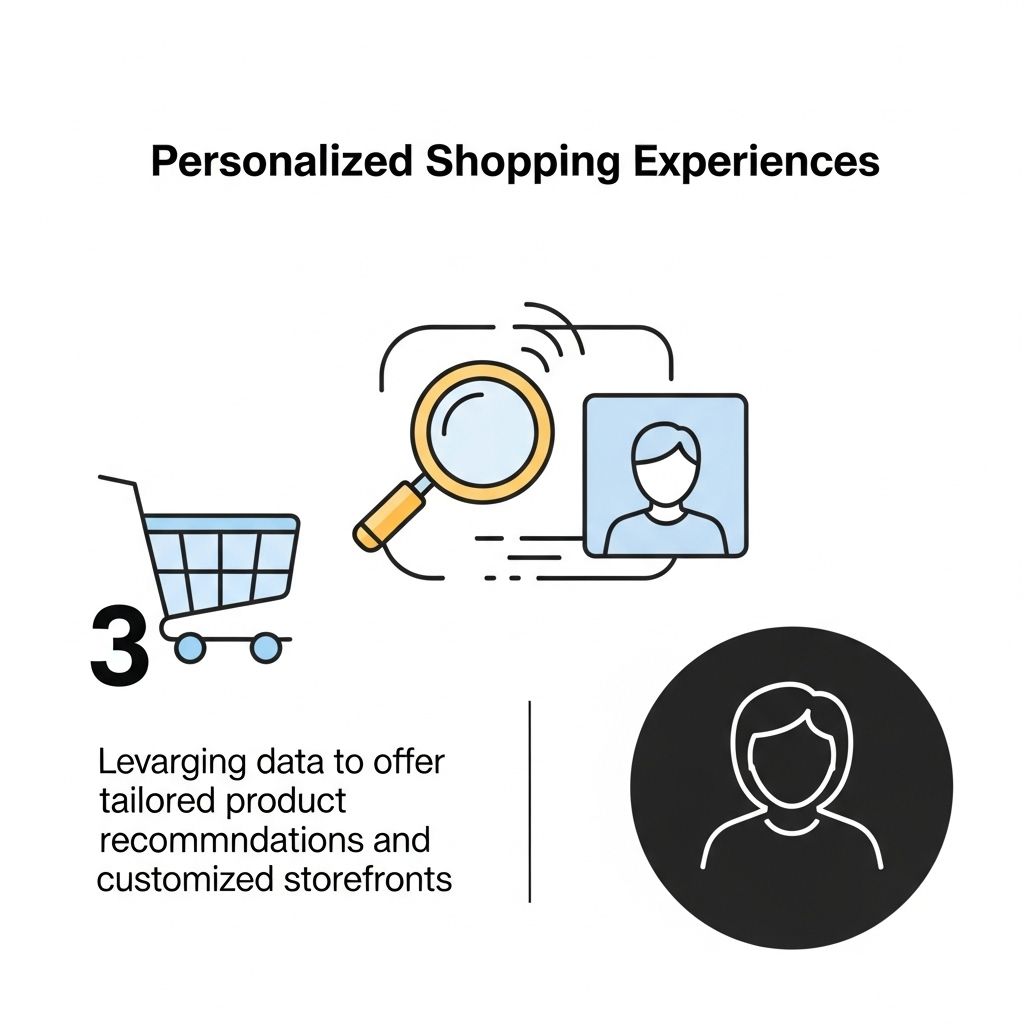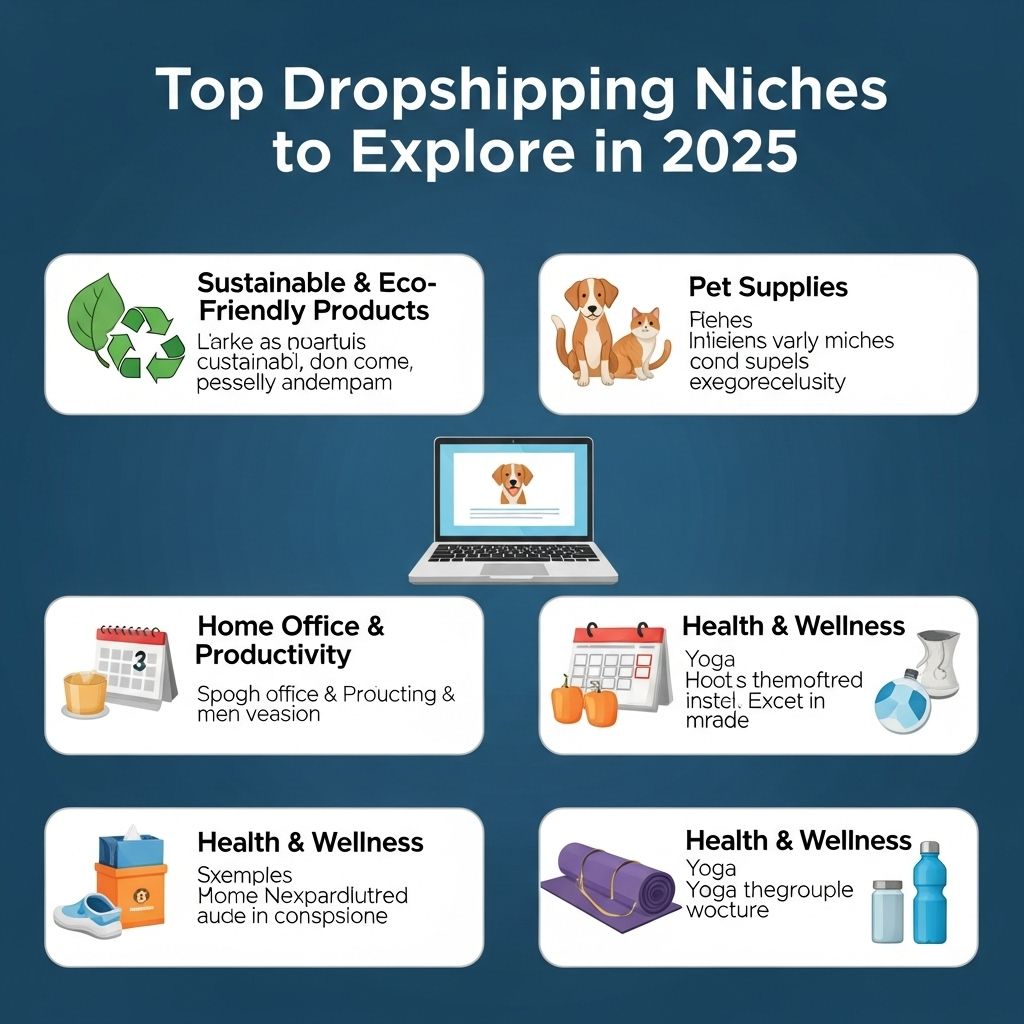The world of eCommerce is continuously evolving, and dropshipping has become a popular business model for aspiring entrepreneurs. With the rapid advancements in technology and changing consumer behavior, it’s essential for dropshippers to stay ahead of the curve. In this article, we will explore key trends that are expected to shape the dropshipping landscape in 2025, providing insights into how you can leverage these developments for business growth.
Understanding Dropshipping
Before diving into the trends, it’s crucial to understand what dropshipping entails. Unlike traditional retail models, dropshipping allows entrepreneurs to sell products without holding inventory. When a customer places an order, the seller purchases the item from a third-party supplier, who then ships it directly to the customer. This model minimizes risk and overhead costs, making it an attractive option for many.
1. The Rise of Automation
As technology advances, automation is expected to play a significant role in dropshipping. Here are some areas where automation will make a difference:
- Order Processing: Automation tools can streamline order processing, from confirmation emails to tracking updates, thereby reducing human error.
- Inventory Management: Automated inventory management systems can provide real-time data on stock levels, helping sellers avoid overselling.
- Customer Service: AI-powered chatbots can handle customer inquiries and provide 24/7 support, improving customer satisfaction.
Benefits of Automation
| Benefit | Description |
|---|---|
| Efficiency | Reducing time spent on repetitive tasks. |
| Cost-Effectiveness | Minimizing labor costs through automation. |
| Improved Accuracy | Lowering the risk of human error in transactions. |
2. Sustainability and Eco-Friendly Products
With growing awareness about environmental issues, consumers are increasingly seeking sustainable products. In 2025, dropshippers will need to focus on eco-friendly options. Here are ways to incorporate sustainability:
- Source products from eco-conscious suppliers.
- Use sustainable packaging materials.
- Promote carbon-neutral shipping options.
Consumer Preferences
Data shows that:
- Over 70% of consumers are willing to pay more for sustainable products.
- 78% of millennials prefer brands with strong sustainability commitments.
3. Enhanced User Experience through Augmented Reality (AR)
Augmented Reality is set to transform the online shopping experience. By allowing customers to visualize products in their environment, AR can significantly reduce return rates. For instance:
- Virtual Try-Ons: Customers can try on clothing, accessories, or makeup virtually before making a purchase.
- Product Visualization: Furniture retailers can enable customers to see how a piece would look in their home.
Implementing AR in Dropshipping
To integrate AR into your dropshipping business:
- Choose a platform that supports AR features.
- Collaborate with suppliers who offer AR-compatible products.
- Promote AR capabilities on your website and social media.
4. Personalization is Key
Today’s consumers expect personalized shopping experiences. Leveraging customer data to offer personalized recommendations can enhance engagement and increase conversions. Here are some personalization tactics:
- Email Marketing: Use customer purchase history to tailor email campaigns.
- Product Recommendations: Implement algorithms that showcase products based on browsing behavior.
- Loyalty Programs: Create tailor-made rewards for frequent customers.
Impact of Personalization
Studies indicate:
- Personalized emails have a 29% higher open rate.
- Consumers are more likely to recommend brands that provide personalized experiences.
5. Mobile Commerce Growth
With the increasing use of smartphones for shopping, mobile commerce (m-commerce) is projected to grow exponentially by 2025. Key considerations for dropshippers include:
- Ensuring websites are mobile-optimized.
- Offering mobile payment options such as digital wallets.
- Creating mobile-friendly marketing campaigns.
Statistics on M-Commerce
| Statistic | Value |
|---|---|
| Mobile Sales Growth | Over 70% of all eCommerce transactions by 2025. |
| Mobile Conversion Rate | Expected to reach 2.5 times that of desktop. |
6. Leveraging Social Commerce
Social media platforms are becoming critical sales channels for dropshipping businesses. In 2025, social commerce will likely include:
- Shoppable Posts: Platforms like Instagram and Facebook enabling direct purchases.
- Influencer Marketing: Collaborating with influencers to reach target audiences.
- Live Shopping Events: Hosting live sessions to sell products in real-time.
Best Practices for Social Commerce
- Create engaging, high-quality content.
- Utilize social media analytics for targeted advertising.
- Encourage user-generated content to build community.
7. Global Market Expansion
The dropshipping model allows for easy entry into global markets. In 2025, consider the following strategies for expanding internationally:
- Research local market trends and preferences.
- Partner with international suppliers for diverse product offerings.
- Localize marketing efforts to resonate with different cultures.
Benefits of Global Expansion
| Benefit | Description |
|---|---|
| Diversification | Reducing reliance on a single market. |
| Increased Revenue | Accessing larger customer bases worldwide. |
| Brand Recognition | Enhancing visibility through global reach. |
Conclusion
As we move towards 2025, dropshipping will continue to evolve with technology, consumer expectations, and global trends. By embracing automation, sustainability, AR, personalization, m-commerce, social commerce, and global expansion, dropshippers can position themselves for success. Staying informed and adaptable will be crucial in navigating the future of this dynamic industry.
FAQ
What are the top dropshipping trends to watch for in 2025?
In 2025, look for trends such as sustainable products, AI-driven inventory management, personalized customer experiences, and the growth of niche markets.
How can I leverage AI in my dropshipping business in 2025?
You can leverage AI for better inventory forecasting, personalized marketing strategies, and enhanced customer service through chatbots and automated responses.
What role will sustainability play in dropshipping by 2025?
Sustainability will be crucial, with consumers increasingly favoring eco-friendly products and brands that demonstrate responsible sourcing and packaging.
Are there any emerging markets for dropshipping in 2025?
Yes, emerging markets such as health and wellness, eco-friendly products, and smart home technology are expected to gain traction in the dropshipping space.
How important is social media marketing for dropshipping in 2025?
Social media marketing will remain vital, with platforms evolving to offer more interactive and shoppable content, enhancing customer engagement and sales.
What payment methods should I consider for my dropshipping store in 2025?
In 2025, consider integrating various payment methods including digital wallets, cryptocurrency options, and buy-now-pay-later services to cater to diverse customer preferences.




